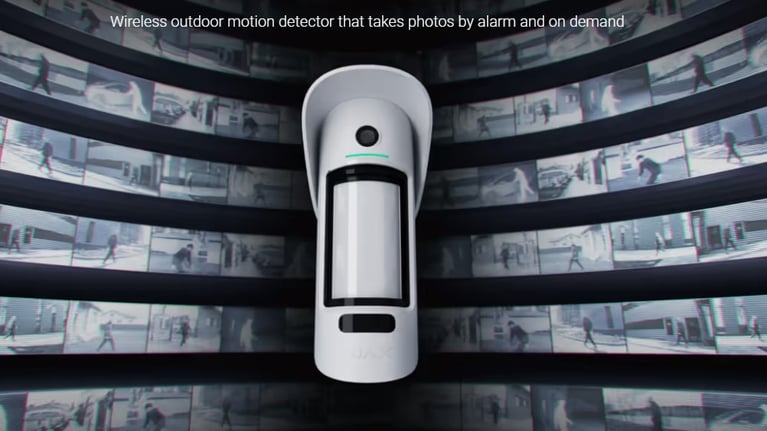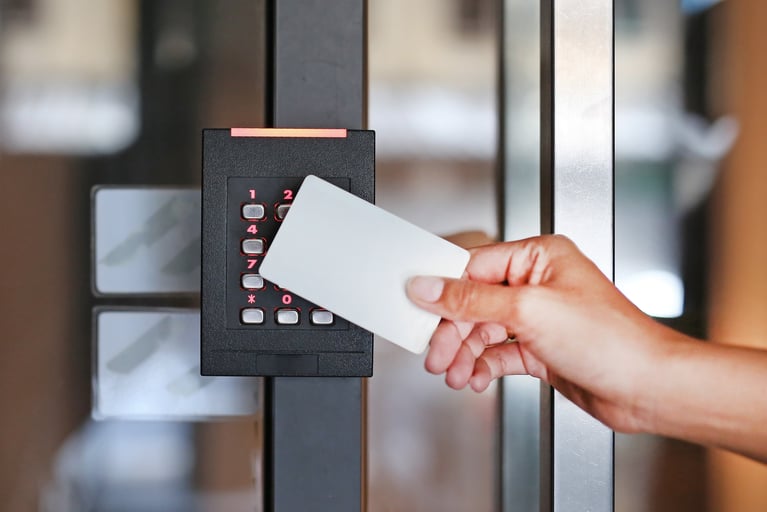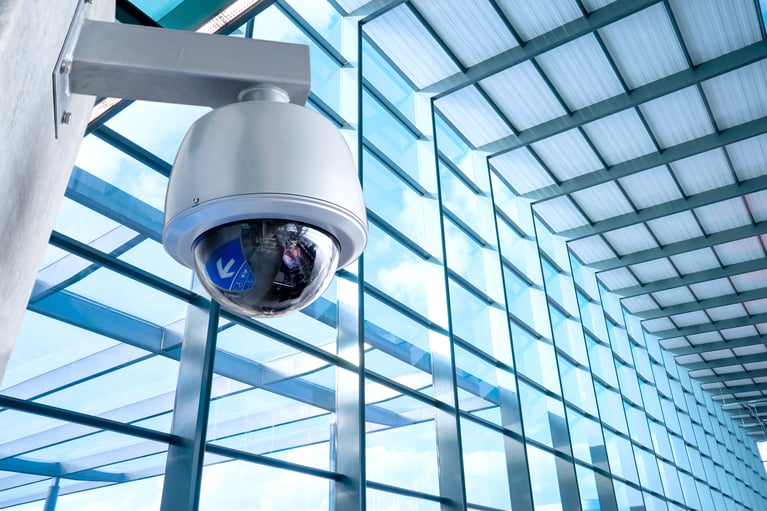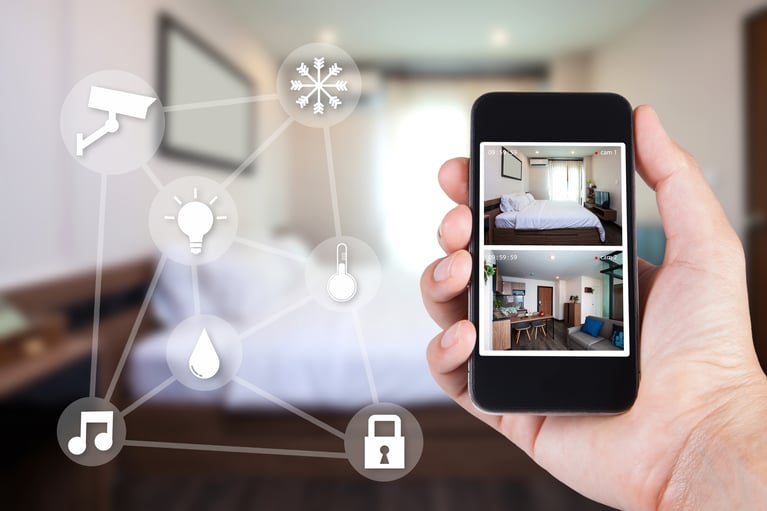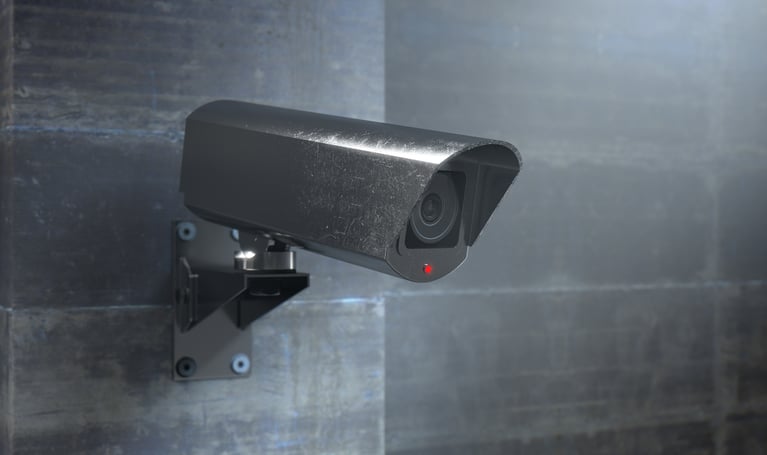It's not common for companies to be restricted to a single location. Multi-site companies are becoming even more prevalent than ever before. With that being said, managing several locations can be a daunting experience.
In the realm of access control systems, most people opt-in for distributed solutions. And even they are quite useful; they are not most optimal for multi-site enterprises.
In this article, we will cover how these companies can benefit from centralized access control systems instead. Starting with an explanation of what these systems are, and ending with security integrations.
So if you'd like to find out why a centralized approach is the best bet for multi-site companies, keep reading.
What Are Centralized Access Control Systems?
In premise, centralized access control systems allow users to access all of the computing systems via a single profile, using one set of credentials at all locations. All data assets that are controlled by the user are delivered via a unified management system for identity.
With this system in place across all enterprise locations and applications, the user has a single browser-driven console for access control. The central manager enables the use of several infrastructures and IT services that the company needs, such as network monitoring, component configuration, centralized access to resources needed for job tasks.
In simple words, you only need to login once and then provide those credentials to be able to access gateways, identity servers, devices, policies, SSLs, VPNs, so on and so forth.
Access control systems go beyond software, and they can involve:
- pin codes
- alarms
- biometric scanners
- key cards
- video surveillance
- gates
- clearance structures
These systems allow a user with regulated clearance to access a part of your multi-site company. They can help keep intruders from getting access to confidential information and secured office devices. This reduces the issue of detrimental breaches of data.
Centralized vs Distributed Access Control
As mentioned earlier, the most common type of access control is distributed. However, it's not most optimal for multi-site companies. Let's take a look at the differences so you can see why.
In contrast to the previous part of this article, distributed access control requires users to provide different credentials for all websites, applications, and locations they are accessing. Having to use different credentials at different sites can be confusing, and lead to time loss, thus increasing unnecessary expenses.
Simplified centralized management equals greater vulnerability because distributed access is rarely well-protected. One would think that having a single set of credentials is less secure, but that's not the case.
Centralized access has two greater benefits. The first comes in the form of convenience and time-saving. It's easier to manage locations with a single set of credentials.
The second is the ability to change the credentials often to maintain within reasonable security practice, and significantly safer than using the same credentials for each account for long periods of time.
Centralized vs Decentralized
Furthermore, we need to elaborate on the differences between centralized and decentralized access control. Very simply, the difference lies within who has root access to edit the permissions.
In a centralized system, the user can access all of the relevant locations and platforms with a single set of credentials. In a decentralized system, there is no regulated administrator who grants or manages access to users, nor are the users responsible for their own credentials.
For instance, BitCoin is a decentralized system. Users are provided with encrypted keys that generate access to accounts, the actions are then verified by coded protocols that are not controlled by any single person. It comes from a variety of nodes.
A properly secured centralized access system will always provide greater flexibility in terms of security. However, if it is not secured appropriately, it serves to be a great security risk.
Centralize & Maintain Your Security
Centralized access control systems are very effective security tools. With these systems, companies know the exact location and time of day in which a visitor or employee entered/exited the premises. But that's not all.
These identifiers help managers resolve serious disputes, data breaches, and other potential issues. In the event of an emergency, access control systems help lock-down locations to easily restrict movement and handle the circumstances.
Let's take a look at the benefits of a centralized access control system.
Know Who Comes And Goes
The first reason why centralized access control systems are perfect for multi-site companies is the ease of access clearance provides.
These systems allow users to make use of badges that have security codes and wireless technology, thus allowing them to access a building without question. But also leaving a breadcrumb trail of their activity. So if you suspect some illicit activity, you can always track them down.
Control Environment
Companies find that the control system is more cost-effective. Isn't it great if you can integrate the heating/cooling and lighting system with the activity of your employees?
These control systems are notified of which areas of a location require temperature adjustments, lights, and any other environmental changes which would usually be subject to manual changes.
Your access control system is a magic wand, allowing an operator to ensure that the operations within the company are being run as required. Without order, there is only chaos.
Restrict Data Breaches
Companies will also find that they have an easier time managing their databases, as a simple badge can disallow and allow employees from getting access to certain devices that are connected to the network.
This also prevents intruders from getting access to confidential data. If you can't protect your data, what's the point of having doors in your building? If you have doors, you might as well do your best in making sure that intruders cannot open them.
No Need to Re-Key
Having an electronic database means that you don't have to change the locks at your locations. So if somebody loses their badge or card, the access is subject to removal from the database. If an employee leaves the firm, their access is gone within seconds.
With a control system, your single access code grants access to each door you have to go through, so there's no change forgetting how to access your workplace. If you get to a location where you are needed but are unable to access, the operator can quickly add you to the access list.
Buzz People In
Each time a tech forgets their card on a location change, your expense and travel time doubles. The tech has to drive back, get their card, and drive back again.
This also happens if they pick up the wrong keys or many of the keys look the same. Physical locks don't support remote access. If an event comes up in which you need to provide access instantly, you can't do that.
With a control access system, if somebody outside needs access, you can verify their identity via video and then open the door remotely. This saves a lot of time and also decreases your expenses.
Integrate With Network Fault Monitoring System
If you serve access control and network monitoring with a single system, you are doing the company a great favor. Integration with your network fault monitoring systems comes with great benefits, for instance:
- No need for more NOC terminals
- Single contact point with vendors
- Building access alarms across all network devices
- Price economies by buying a single system
- Leveraging existing investments without the need to install novel transports
By integrating your access system into your current site management system, you are developing a full-scale access control system that is easily managed from a centralized location. Thus, reducing costs and time loss.
Your Company, Your Choice
In any case, now that you know how a multi-site company can benefit from centralized access control systems, you are well on your way to deciding whether or not your company needs one.
Whatever you choose to do, it will be the right thing to do. This is your company and your choice. But some choices are better than others. If you value security, time, and financial incentive, there's really no need to avoid a control access system.
Not only will you improve upon what you already have, but you will unlock a variety of capabilities for enhancing your entire workflow. With control access, you will be able to execute on a completely different level.
If you'd like to learn more or consult about having a centralized system installed, get in touch with us and we will happily accommodate your needs.


